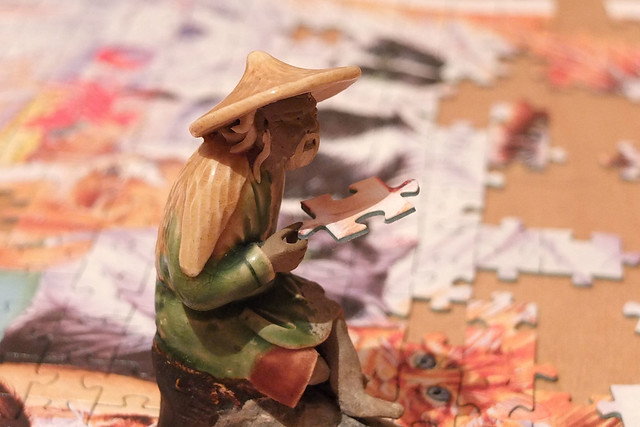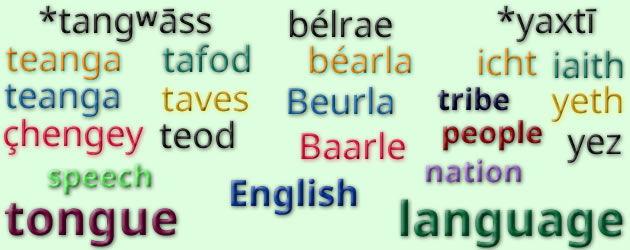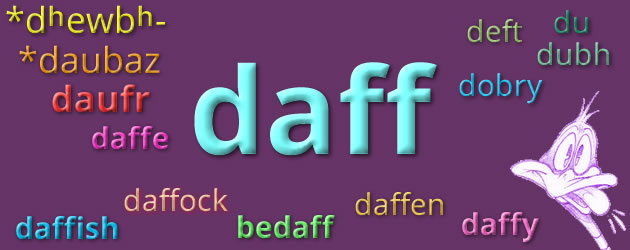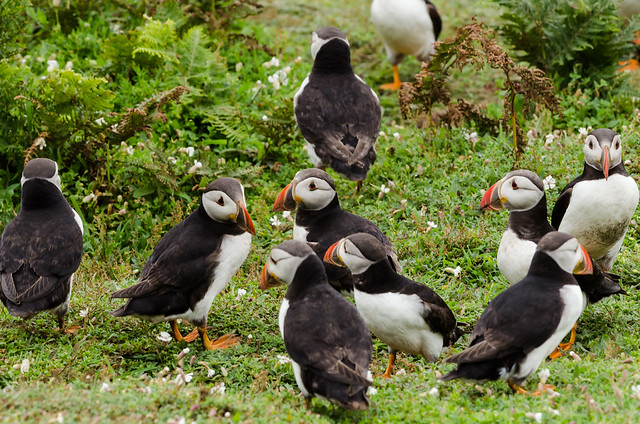Podcast: Play in new window | Download
Here’s the latest news from the world of Omniglot.
This week there are new language pages about:
- Haroi, a Chamic language spoken in southern Vietnam.
- Palikúr (Pa’ikwaki), a Northern Arawakan language spoken in Brazil and French Guiana.
- Suwawa, a Philippine language spoken in the district of Suwawa in the Bone Bolango Regency in Gorontalo Province on the island of Sulawesi in Indonesia.
There are new numbers pages in:
- Bambassi (Màwés Aasʼè), an Omotic language spoken in the Benishangul-Gumuz Region of western Ethiopia.
- Apurinã (ドゥナンムヌイ), an Arawakan language spoken in the states of Amazonas and Mato Grosso in Brazil.
- Ewondo, a Bantu language spoken in Cameroon.
On the Omniglot blog this week we have posts about Wurbling Wurblers, about Scots words for crawling, worms and related things; the League of the Lexicon, a new language-based game that was launched this week, and the usual Language Quiz. See if you can guess what language this is:
Here’s a clue: this language is spoken mainly in Mozambique.
The mystery language in last week’s language quiz was Dogri (डोगरी / ڈوگری), a Western Pahari language spoken in the states of Jammu and Kashmir, Himachal Pradesh and Punjab in northern India.
There are new Celtiadur posts are about words for Brushes and Broom, Ferns and Bracken and related things in Celtic languages.
I started a new series on Radio Omniglot this week called Celtic Pathways, in which I explore connections between Celtic languages, and search for Celtic roots in other languages. such as English, French and Spanish. This is something I’ve been thinking about doing for quite a while, and finally got round to. The first episode looks at words for Languages and Tongues.
In the Adventure in Etymology we’re uncovering the mysterious and puzzling origins of the word riddle.
I also made improvements to the general page about Quechua, adding details of Classical Quechua and making a separate page about Cuzco Quechua.
For more Omniglot News see:
https://www.omniglot.com/news/
https://twitter.com/Omniglossia
https://www.facebook.com/groups/omniglot/
https://www.facebook.com/Omniglot-100430558332117
You can also listen to this podcast on: Apple Podcasts, Amazon Music, Stitcher, TuneIn, Podchaser, PlayerFM or podtail.
If you would like to support this podcast, you can make a donation via PayPal or Patreon, or contribute to Omniglot in other ways.










